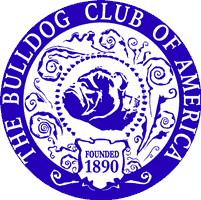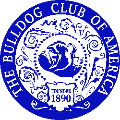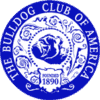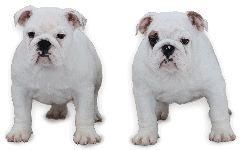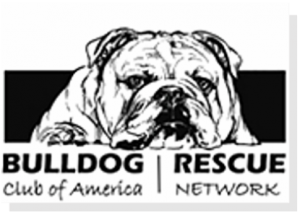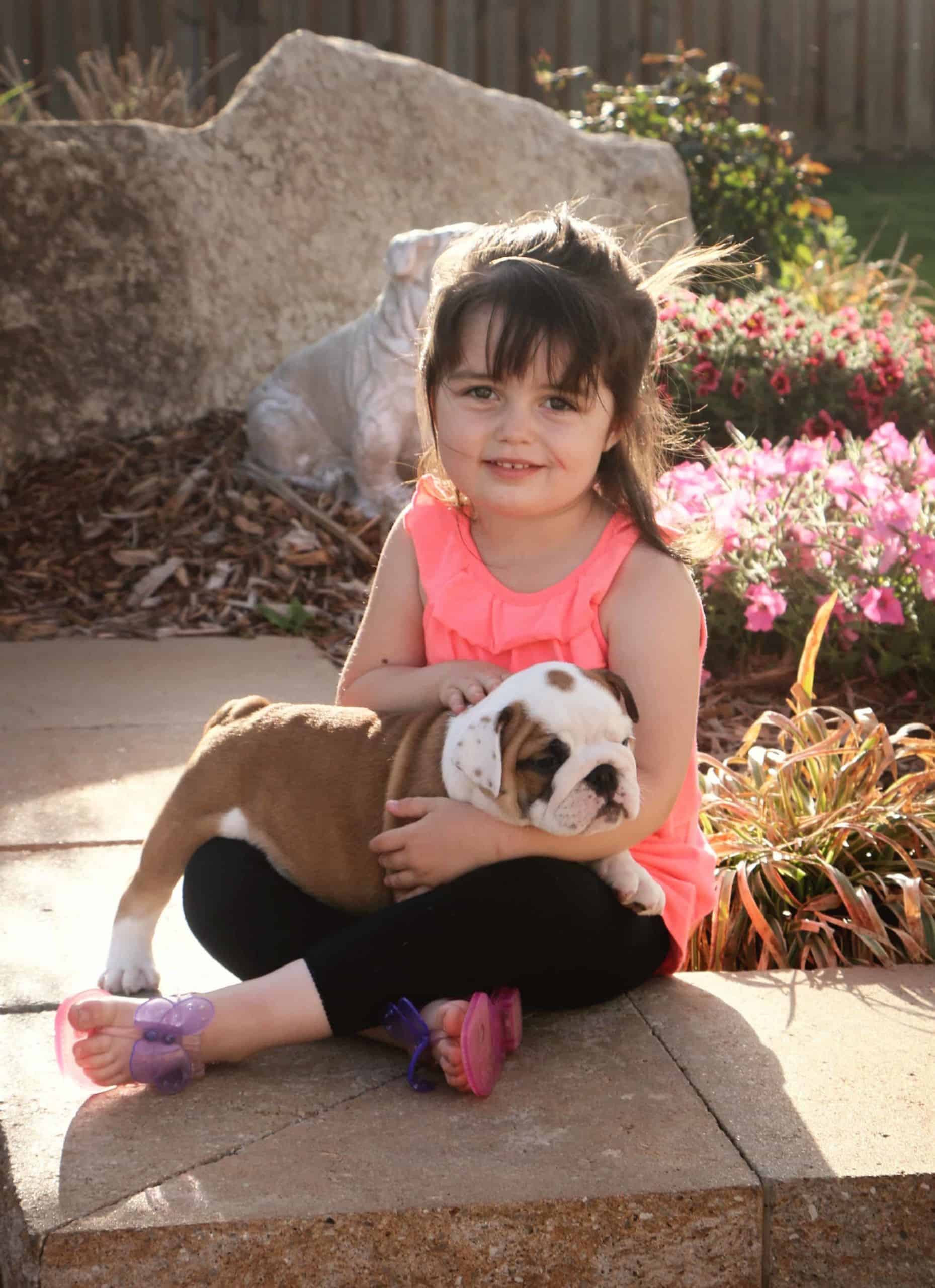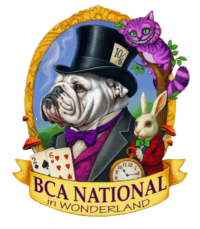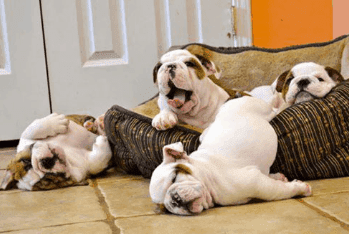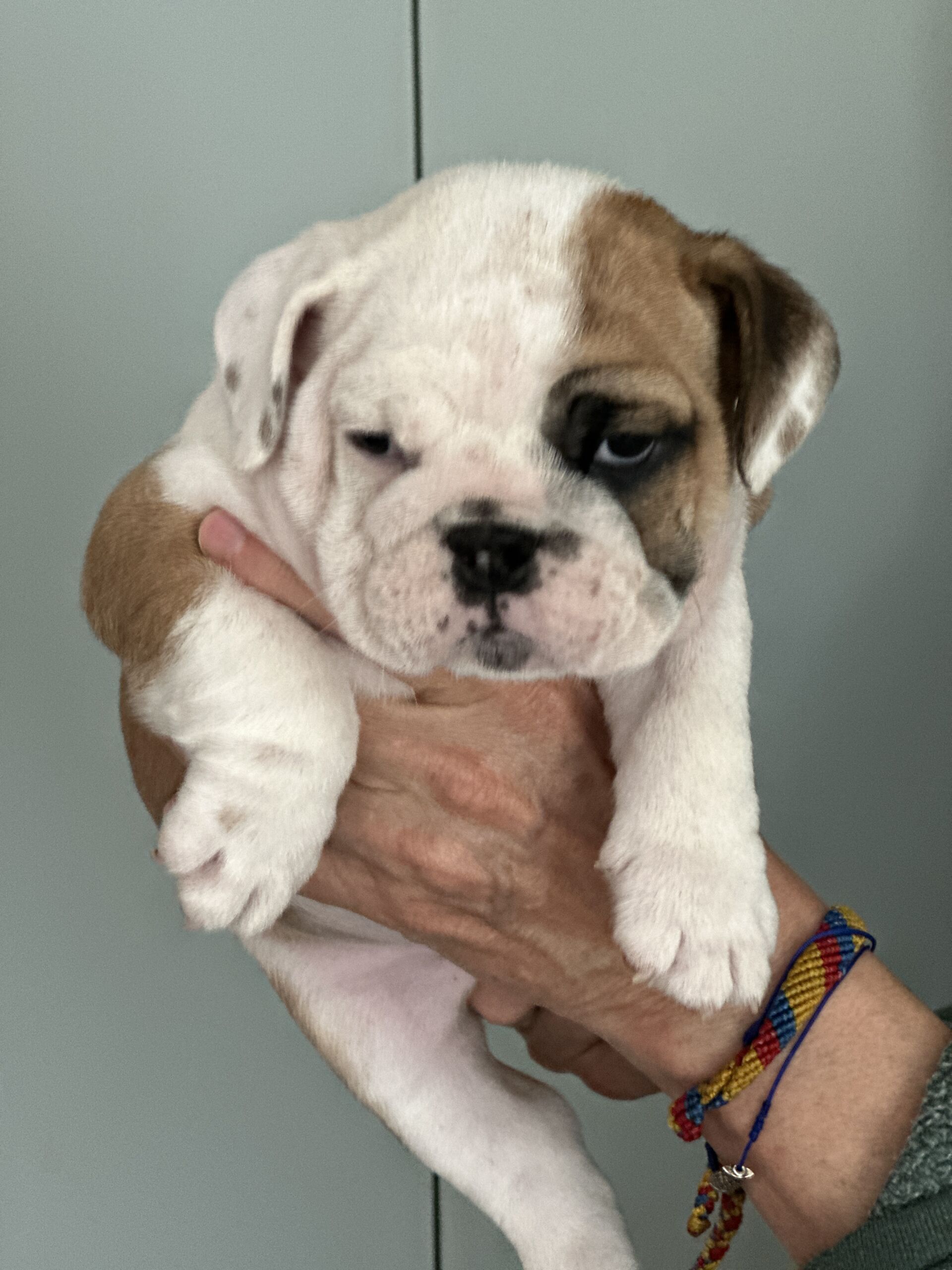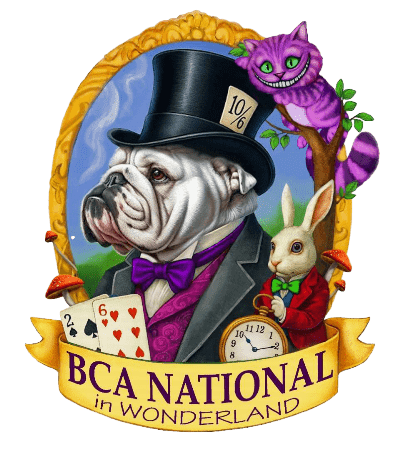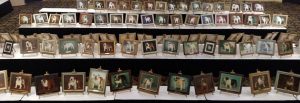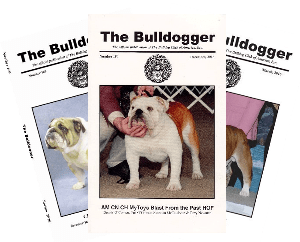AKC Gazette
March 2008
AMELIA AVERIL
IT’S IN THE BREED
I am writing this month’s column not as an individual experienced in the world of purebred dogs, but as a layman who recently lost a beloved pet to something called “It’s in the breed.”
I recently lost my Doberman Pinscher to dilated cardiomyopathy. Amber was a beloved pet and a member of the family. She lived with a Bulldog, two cats, and later, two grandchildren who loved her.
One awful day, she became ill and the veterinarian diagnosed her with dilated cardiomyopathy. All the medication and vet care could not save her. Most dogs die within six months of diagnosis. Amber was no different. It was a sad experience for all of us.
What does “It’s in the breed” mean? Maybe it means that in the past a dog or a bitch that should not have been bred, had puppies and then their offspring had had more puppies, and they in turn had other puppies. Now we have a predisposition for many unwanted traits. All breeds have unwanted traits. Breed predisposition does not remove from breeders the onus of breeding responsibility.
No matter how much a breeder kids himself about breeding show dogs, most dogs go as house pets. Shouldn’t they be able to live happy and healthy lives?
How many times have we as Bulldog breeders excused problems such as respiratory problems as a predisposition in the breed? Yes, the Bulldog standard clearly states that the Bulldog should have stability, vigor and strength. This part of the standard does not need interpretation. It is very clear. A Bulldog who cannot walk around the ring without difficulty should not be put up. Maybe if judges paid more attention to that part of the standard, breeders would do a better job producing vigorous and strong dogs.
The future of the breed depends on the individual breeder. It is he who calls the shots and hopefully he will do that ethically. We are not breeding showpieces but dogs who have a right to lead a happy and healthy life. If a dog cannot live a normal, active life, we are not breeding properly.
All dogs are afflicted with certain hereditary faults. It is important that we identify and work to eliminate them for the sake of the dogs and ourselves.
We talk about health issues and taking surveys and so on, but the sad fact is that problems in our breed are the same as they were more than 40 years ago, when I started in dogs. We heard the phrase “It’s in the breed” then, and we still hear it today. This phrase just doesn’t cut it for the dog who is afflicted or for the people who are helpless to save their pet.
Finally, I apologize that this is not the usual Bulldog column, but I believe it is important to clearly make the point that anyone who breeds dogs should do so carefully and ethically.
Amelia Averil, 8 Willow Brook Rd., Hillsdale, NJ 07612.
